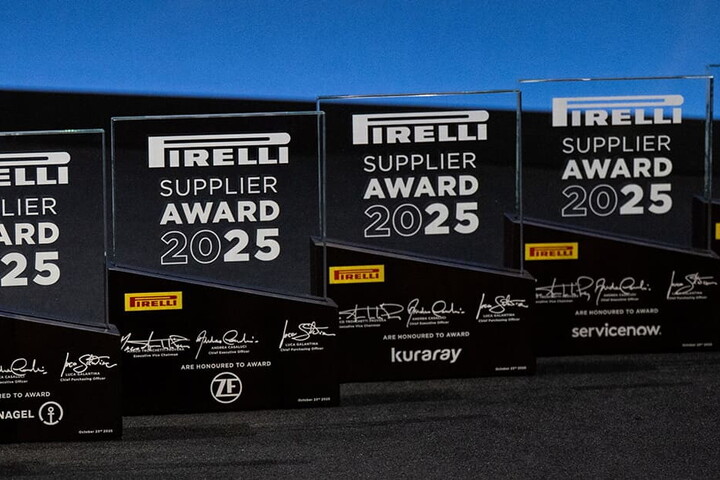Think of a “smart city” and you will most likely picture a new-build environment of sleek modern buildings spread out over a smooth plain, but the small, southern Italian city of Matera, which has been settled for some 10,000 years and clings to a high rocky outcrop, is ready to take them on.
It aims to be one of the first fifth-generation (5G) mobile-signal-enabled cities in Europe, bringing high-speed connectivity to all its 56,000 inhabitants by 2020 and allowing for the real-time connection of the millions of devices that form a smart city.
Promised benefits include the reduction of energy waste through smart lighting, sustainable water management and an electric public transport system. Meanwhile the new technology will enable patients to be diagnosed and monitored in their homes, bus drivers to have their health tracked in real time through sensors built into their T-shirts and tourists to receive information on the city's attractions on their phones.

Embracing technological innovation
Small ancient cities are not usually first in the queue for technology upgrades, but in 2014, Matera – which is a Unesco World Heritage site known for its cave dwellings carved out of the rock – was named as one of the European Union's two Capitals of Culture for 2019, bringing in funding from Brussels. Its theme of ‘Open Future' covers a year of music, exhibitions and other showcases for local culture, while embracing environmental sustainability and technological innovation. Developing those themes, Italy's Ministry of Economic Development awarded a 5G contract for Matera and the nearby port of Bari, involving a €60 million of investment by the Italian government and three telecom companies.
Now the historic centre of the Basilicata province is on track to show that small places can be easier to transform into smart, fully connected cities that use data collection and technology to enhance their efficiency than some major conurbations such as London.
Clearly small cities start off with an advantage in the physically smaller nets required for full digital coverage. And according to Xavier Hughes, who was chief innovation officer in the US Department of Labor under President Obama, smaller municipalities have greater latitude in their decision making even if they have less money and fewer resources.
Younger models
But in age terms, Matera stands out for its maturity among other modest metropolises with futuristic ambitions. In the quest for full connection and integration of services, the main focus so far has been on newly built urban areas, where the full benefits can be reaped of integrating businesses, hospitals and schools into areas where their users live, allowing people to save significant chunks of time.
One example is Kalasatama, a new town on the edge of Finland's capital, Helsinki. Hi-tech monitored systems for transport and collecting waste, for example, give back to its 3,500 inhabitants time they would otherwise spend on travel. Even by 2030, when it is expected to have grown to 25,000 people, residents will save around an hour a day compared with living in a city that has long commutes and whose streets are clogged with refuse trucks, according to the city's planners.
In the UK, Milton Keynes, founded in 1967, has a population of about 250,000 and aims to incorporate transport, water and energy into a connected system that will promote sustainability alongside economic growth.
Meanwhile, the US city of Columbus, Ohio, which has fewer than 900,000 inhabitants, is focusing its smart city initiative on transport, with electric infrastructure and hi-tech sensors to support all-electric public transport and prepare the way for autonomous vehicles.
Pioneer of progress
Last year, Matera's 5G coverage had reached 75 per cent of the city, in time to deliver some benefits for the tourists arriving for its year as Capital of Culture. Little can be done, however, to overcome the city's narrow streets and tightly packed housing that have already led its mayor, Raffaello De Ruggieri, to worry about whether Matera can cope with a sudden influx of visitors .
But looking ahead, if this ancient Italian city can reap the environmental, energy-use and time-saving benefits of transforming itself into a smart city, it could turn thinking about connected cities on its head by providing lessons for both the small – and the old – on the way ahead.




